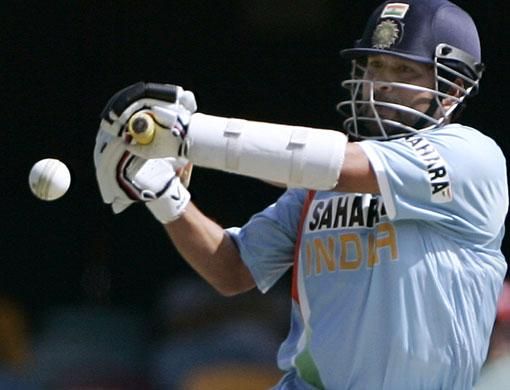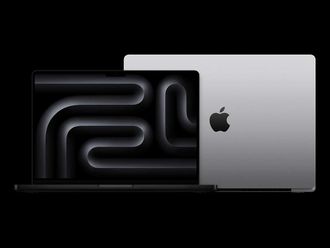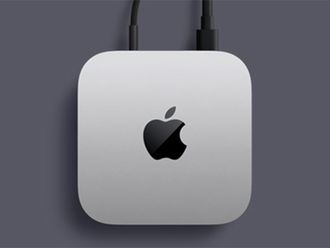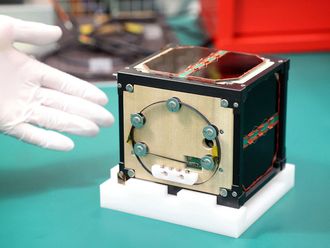The Indian Premier League is in full swing; learn how technology is being used to predict the flight of a cricket ball. Inam Abidi Amrohvi explains.
There was a time in cricket when players like Indian cricketer Mohammad Azharuddin would walk off the field even if an umpire had erred in his decision. The player's gesture signified the gentleman spirit of the game and the umpire's decision came of his own understanding of the situation. Not all players are the same; bad umpiring decisions over the years have ruined whole series and created bad blood between players and umpires.
Situations like these must have resulted in the use of technology to aid umpires. Nowadays umpires on the field can refer to a third umpire, who relies on television replays taken from multiple angles to arrive at a decision. Currently third umpires are referred to in a tight run-out scenario or a difficult-to-judge catch. Technology has certainly made life easier for ground umpires.
Tracking the cricket ball
In 1999 Siemens invented an innovative 3D technology — Hawk-Eye that was destined to revolutionise cricket. Hawk-Eye, can accurately track the ball from the time of its delivery to the time it reaches the bat, with an accuracy of 5mm. It can also predict the future path of the ball.
Engineers at Siemens developed image processing techniques that could analyse a series of video images from cameras in select positions around the pitch to track the ball's flight. Hawk-Eye also detects where the ball is pitched, the degree and direction in which the ball has swung, deviation from the wicket and velocity.
With the kind of statistical information Hawk-Eye provides cricket commentators, it has become a valuable resource for providing in-depth analysis of the game, and has taken the game's appeal to a wider audience.
Hawk-Eye enables a TV commentator to graphically illustrate how the condition of the wicket will affect the degree of bounce as the game progresses. It could also superimpose a virtual ball onto a replay, allowing the commentator to compare, say, the flight and speed of a delivery when bowled by two bowlers.
Hawk-Eye enables a virtual replay to be produced from any angle. This gives a viewer a good indication (during an LBW [leg before wicket] shout) as to whether a delivery would have gone on to hit the stumps.
Aiding the coaches
Hawk-Eye is used in professional matches and has become useful for coaches as well. Its coaching system tracks all balls bowled in its net and replays videos of the same. It automatically processes information such as the speed of the ball as it leaves the bowler's hand, reaction time for the batsman, seam or spin of the ball and a prediction of where the ball would have passed the stumps.
Since this information is stored in a database, a simple user interface can help retrieve it in a graphical form for the players to see how they have performed. A coach can thus assess the players.
The Hawk-Eye Cricket System can incorporate more video replay cameras for better bio-mechanical analysis from various angles. It can also incorporate Interactive Video Replay Touch Screen monitors to review a performance on the spot.
Technology will stay on the cricket field for good. How far it'll cut into the umpires' role is something time will tell. But if the players are happy, umpires are too!
Visualising sound!
- The Snickometer is a television tool that tracks the cricket ball's path by picking up sounds from microphones fitted into the pitch and on the stumps. It was invented by an Englishman Allan Plaskett in the mid-1990s.
- The Snickometer represents sound as a visual graphic. If the ball hits the bat the graphics are a lot sharper; but flat otherwise.
- The Snickometer is used in a slow motion television replay for commentators to determine if the ball touches the bat on its way to the wicketkeeper. In the recently concluded Commonwealth Bank series finals at the Gabba in Brisbane, Australia, Australian batsman Mike Hussey edged a ball to Indian wicketkeeper Mahendra Singh Dhoni. Umpire Simon Taufel referred it to the third umpire, who confirmed the edge with Channel Nine's snickometer. It was most probably a first!
- The tool has recently been upgraded to display the graphic in a Full Screen Digital format. This significantly increases the quality of the visual.
- There is a downside to the equipment: if it is accidentally left on it can also pick up the sometimes not-so-pleasant conversation between batsmen and fielders, which was something of a regular feature during India's tour of Australia.
- The writer is a guru of tech who runs a trading company in Dubai.













